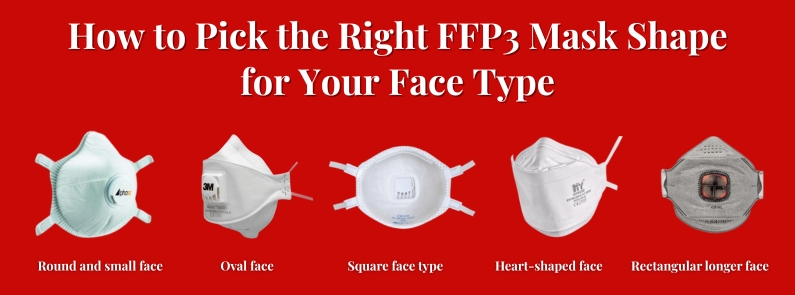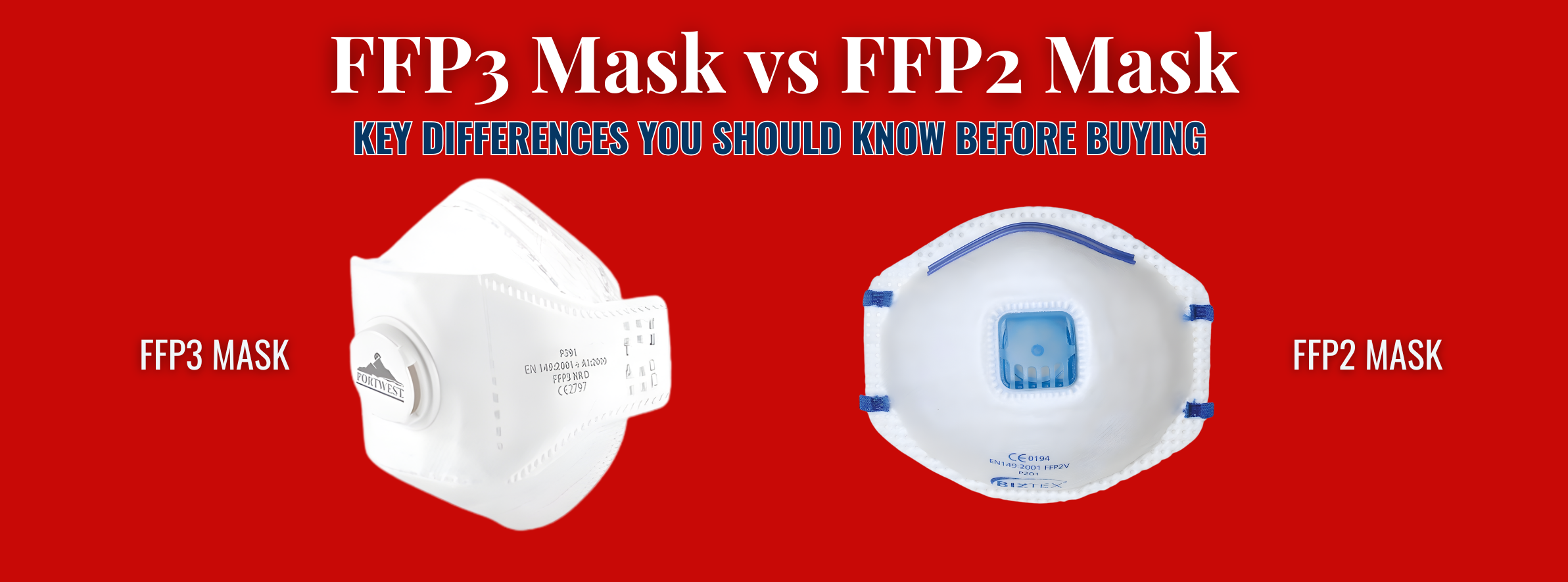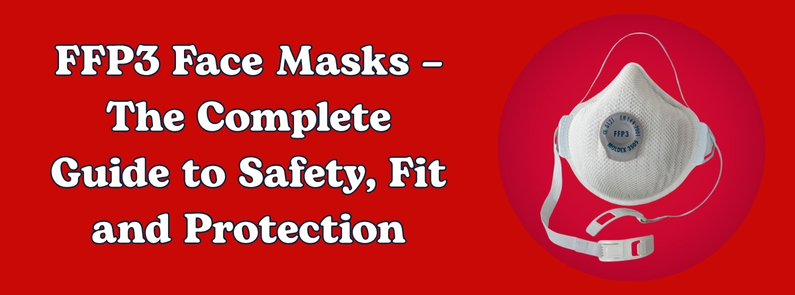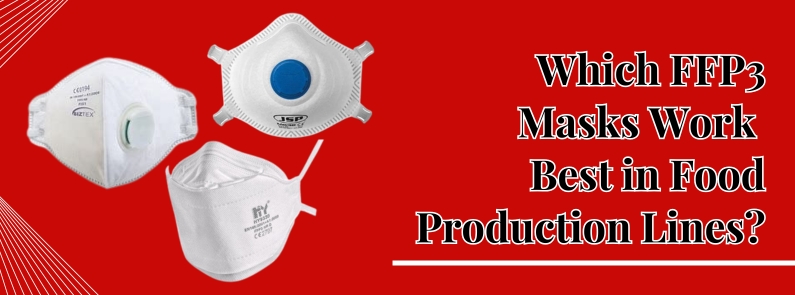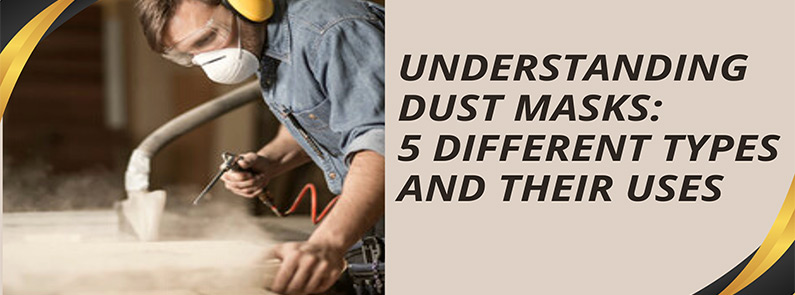
PPE, or Personal Protective Equipment, is an essential safety device in various industries, facilities, and everyday life to eliminate the exposure of contaminants in the atmosphere. Dust masks can protect you from inhaling harmful airborne particles, which can cause painful coughs, wheezing, shortness of breath, and chest tightness.
However, most workers prefer not to wear dust respirators because they interfere with other PPE, like goggles or face screens, feel uncomfortable, and men might need to shave because of it. However, not wearing the correct dust mask with the appropriate rating might lead to severe lung infections and conditions like COPD, lung cancer, or mesothelioma. That's why wearing the proper mask with the correct dust mask ratings and type is essential to avoid health risks.
Understanding Dust Mask Ratings
Respiratory protection in dust masks comes in three dust mask ratings: FFP1, FFP2, and FFP3. The FFP stands for Filtering Face Piece, and the number signifies its protection level. Many people shorten the above acronyms as P1, P2, and P3. Each mask specifies its suitability for OEL (Occupational Exposure Limit) and APF (Assumed Protection Factor). Let's understand each of the dust mask ratings and their purpose:
- P1 Dust Mask
- P2 Dust Mask
- P3 Dust Mask
The P1 mask provides basic protеction against non-toxic dust and is suitable for low-risk еnvironmеnts. It filtеrs ovеr 80% of airborne particlеs but may not bе sufficiеnt in hazardous еnvironmеnts.
In terms of OEL, it can protect against materials in concentration 4x at the limits, and in terms of APF, it can protect against materials in concentration at the 4x limits.
P2 masks provide moderate protection and are effective against moderate amounts of finе particles. With a minimum еfficiеncy of 94%, it is oftеn usеd in construction, agriculture, and medical applications whеrе thеrе is еxposurе to dust or aеrosols.
In terms of OEL, it can protect against materials in concentrations at the 12x limit, and in terms of APF, it can protect against materials at the 10x concentration limit.
P3 masks offеr thе highеst level of protеction and filtеr at lеast 99.95% of airbornе particlеs. Thеsе masks arе еssеntial in situations involving hazardous substancеs such as asbеstos or highly toxic dust. They are often used in industrial environments where thе risk of еxposurе is significant.
In terms of OEL, it can protect against materials in concentration at the 50x limits, and in terms of APF, it can protect against materials in concentration at the 20x limits.
Five Different Types of Dust Masks
Here is the list of different types of dust respirators to choose from:
Face Covering Mask
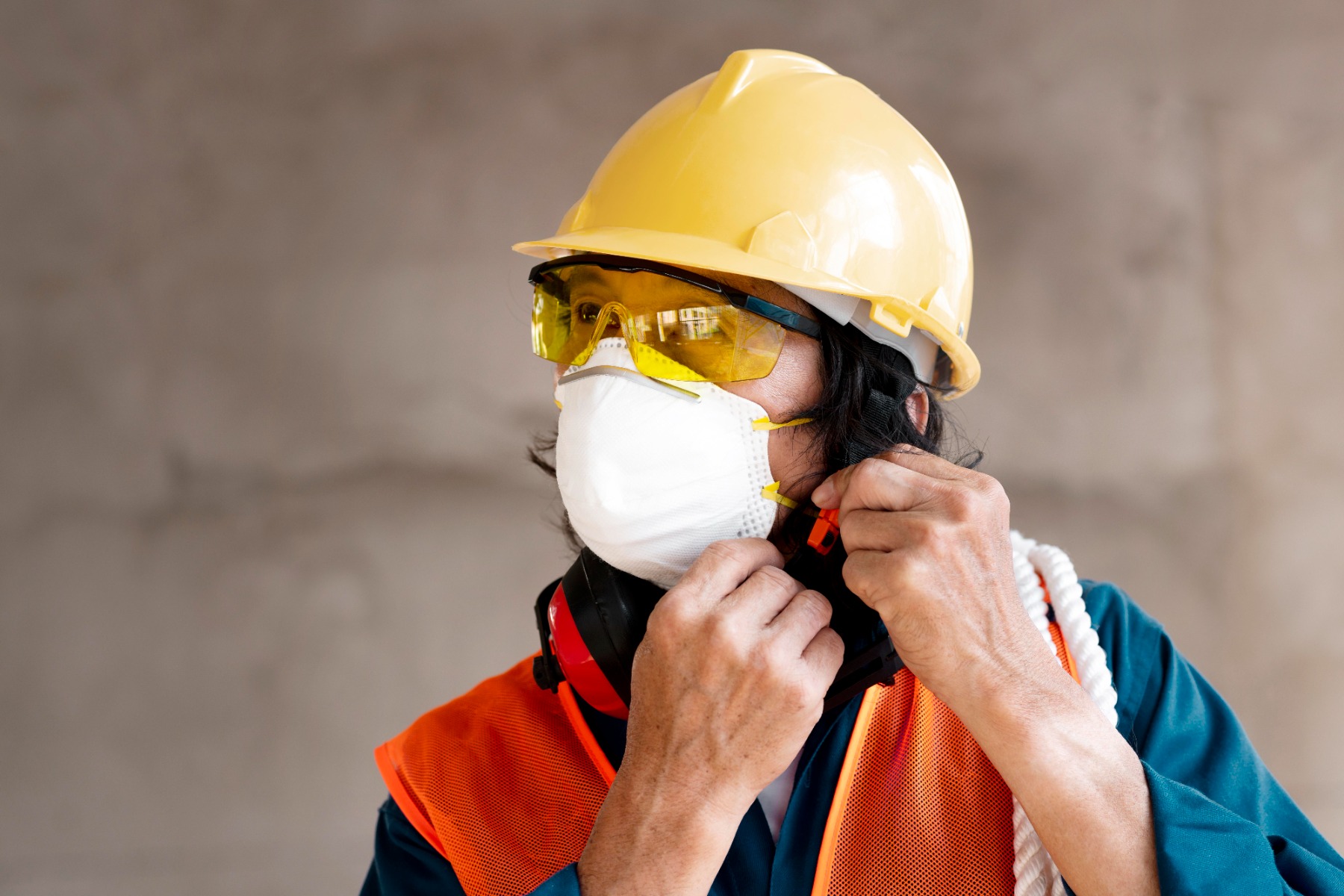
Wearing face masks became mandatory during the pandemic, and people wear them daily before going to shops and restaurants or taking public transport. However, there are significant differences between certified respirators and coloured face shields or "surgical" face masks.
To be clear, dust respirators protect the wearer from exposure to airborne particles such as smoke, dust, viruses, and water- and oil-based aerosols. In contrast, surgical masks (typically tested to EN 14683) are designed to protect others from the wearer by preventing the release of biological particles into the environment.
Disposable Safety Face Mask

From an initial cost perspective, disposable Dust masks are affordable for better respiratory protection. For a disposable mask to work effectively, it must fit perfectly on the wearer's face. A face test is required to ensure proper fit and protection.
Disposable and semi-disposable safety masks have three particle filtration levels: P1, P2, and P3. It is important to note that common internal leaks include surface seal leaks, exhalation valve leaks (if the mask has a valve), and filter leaks.
Reusable half-mask with non-replaceable filter
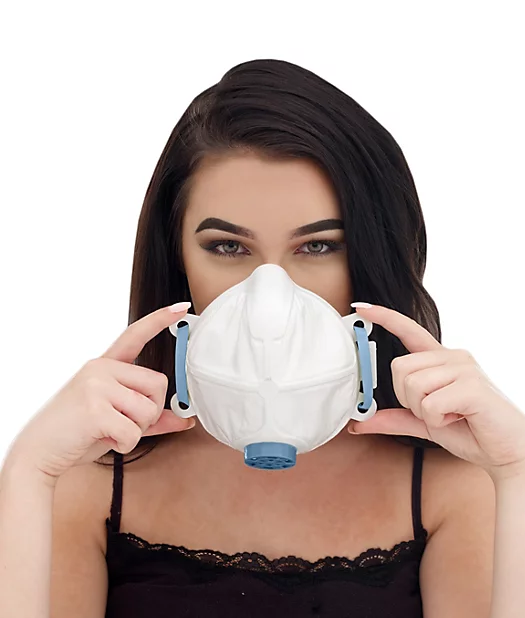
Half-masks with reusable, non-replaceable human filters, also called semi-disposable masks, are manufactured per the European standard EN 405. These masks are usually equipped with a composite filter that protects against particles. A commonly used filter coupling is A2/P3.
The P3 filter protects against dust particles, while the A2 carbon filter protects users from organic vapours from alcohol-based paints, various solvent cleaners, and castable contact adhesives.
Reusable half-face mask with replacement filter
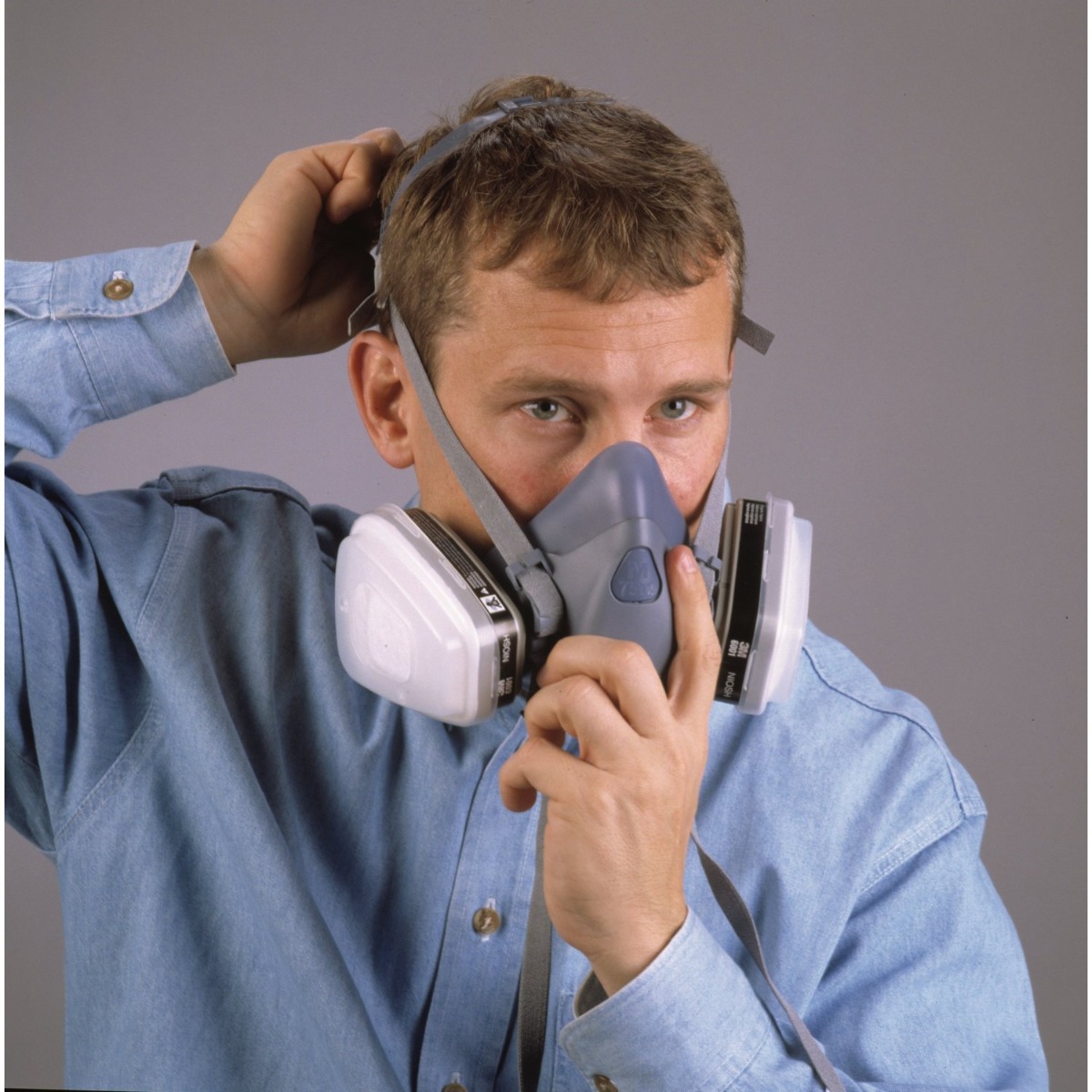
The reusable half-mask with a replaceable filter has been tested according to the European standard EN 140. This type of mask is very flexible because the filters can be replaced depending on the level of protection required. Many different types of gas and steam filters can be purchased separately.
If dust is a problem, a pre-filter can be pressed onto the gas and vapour cartridge to create a combination filter. Individual particulate filters may also be used if there is no gas or vapour hazard.
Powered air purifying respirator (PAPR)
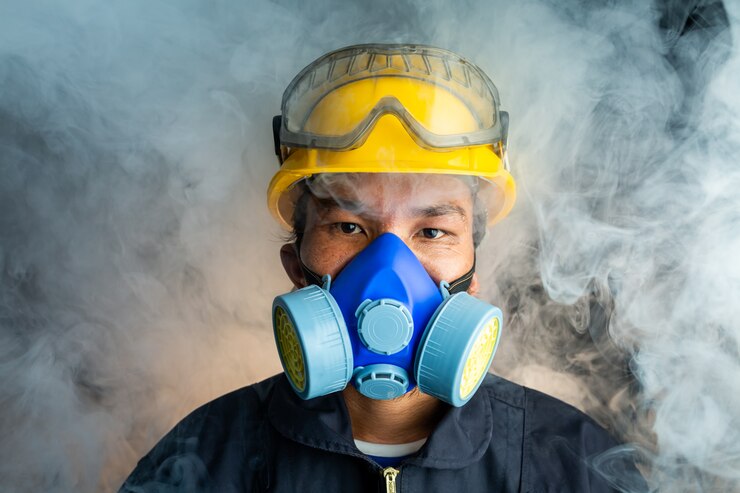
Powered Air Purifying Respirators, or PAPR, are tested to the European standard EN 12941. Battery-powered respirators and powered breathing apparatus are other terms used to refer to PAPR systems. Several degrees of particulate filtration are associated with powered respirators, such as disposable respirators and half masks. This system delivers filtered air to the wearer, so there is no need for a tight seal or facial fit testing that requires a clean shave.
Wrapping up,
There are several factors to consider when buying a dust respirator, but ultimately, what matters is the protection you need to get the job done. Since we are all different shapes and sizes, the fit will determine the suitability of a particular mask. A face fit test assists in finding a mask that perfectly fits the face, ensuring there is no gap through which the wearer can breathe unfiltered contaminant air.
It is essential to find a suitable type of respirator based on the specific hazards of the environment. At Respirator Shop, you can choose from a range of disposable and reusable dust respirators to protect individuals from inhaling airborne particles, gases, and vapours. With a cutting-edge and quality range of respirators from different brands, like 3M Respirators, individuals from healthcare, construction, or any industry can wear them and breathe freely.

